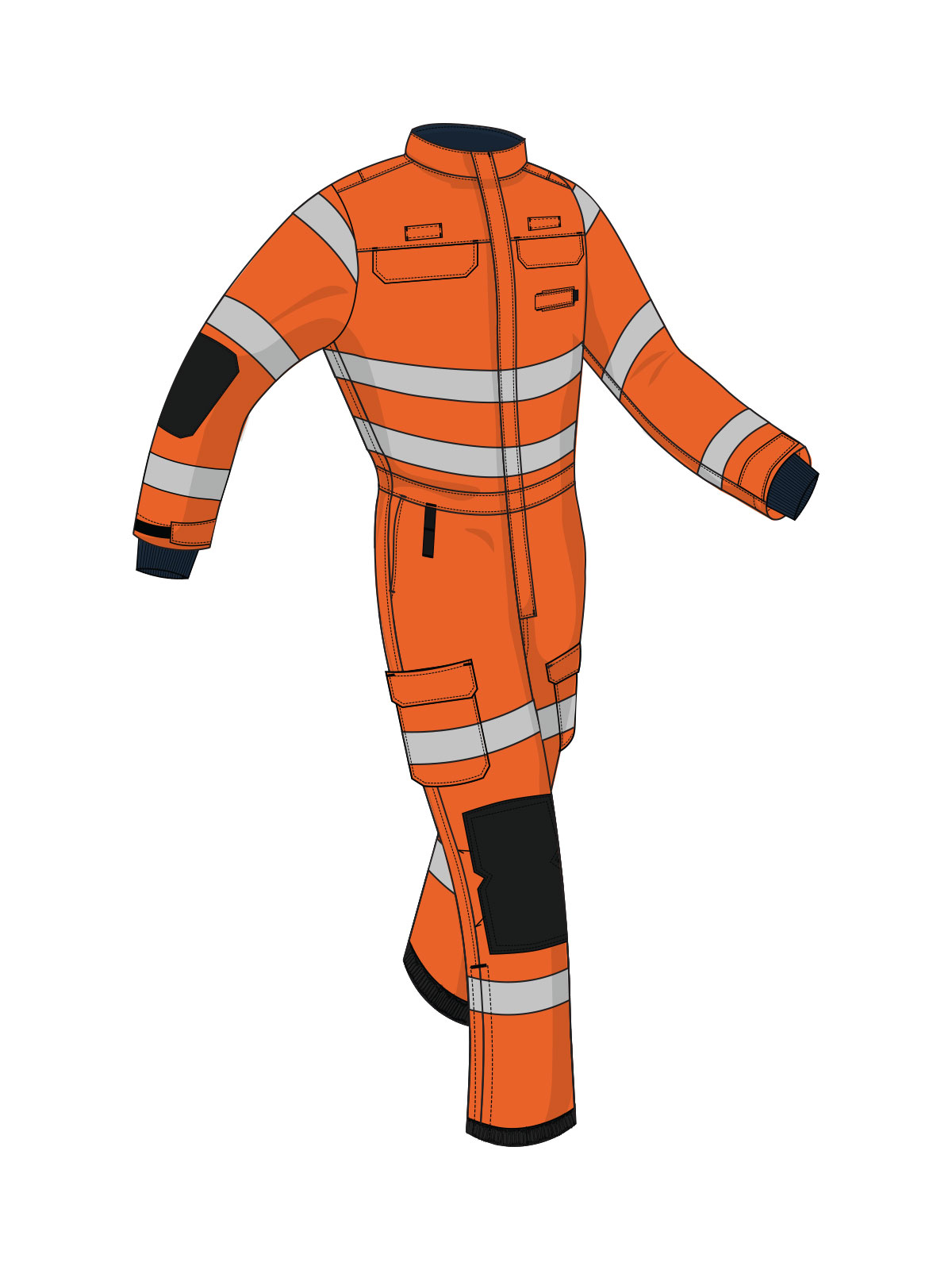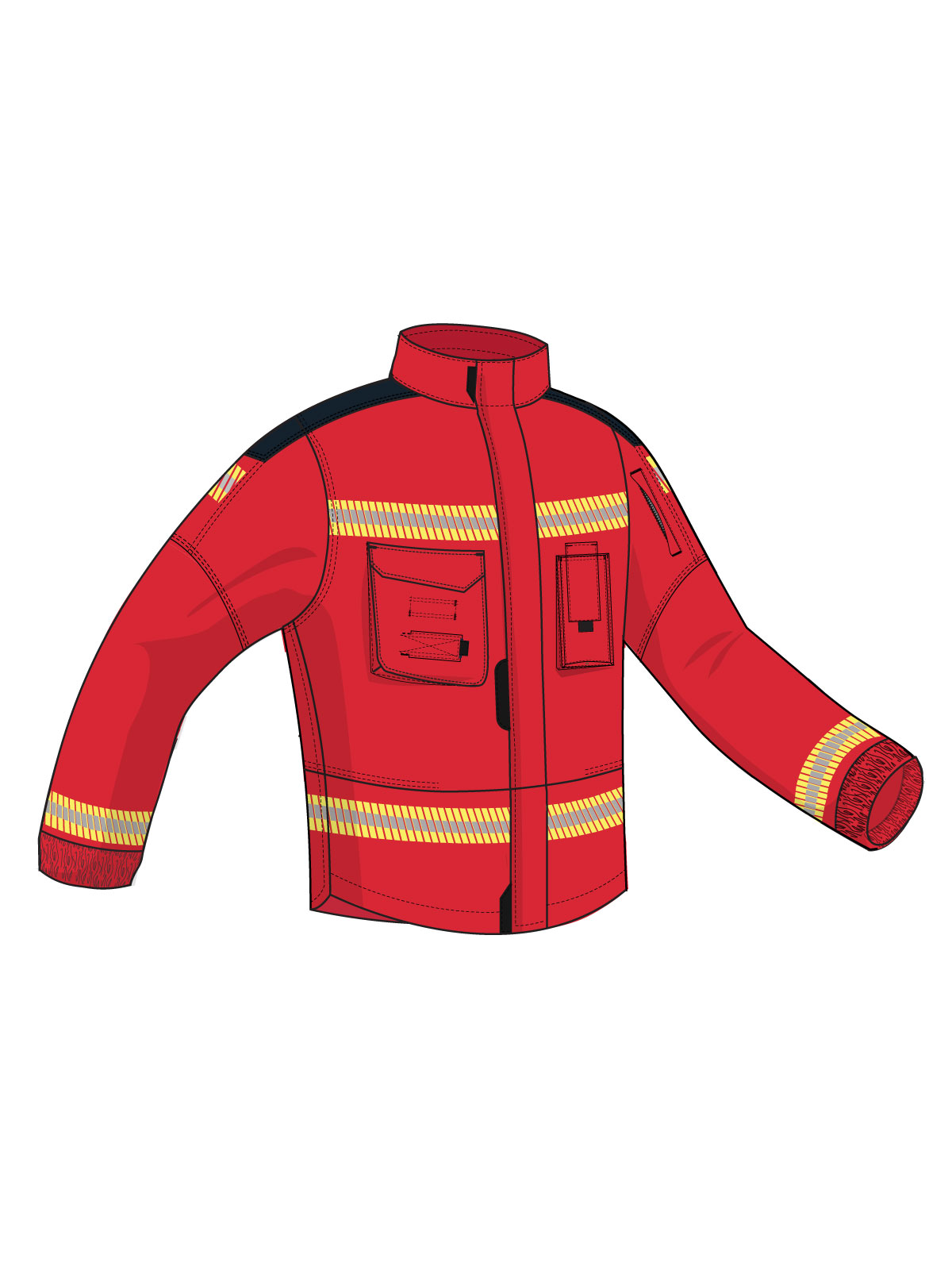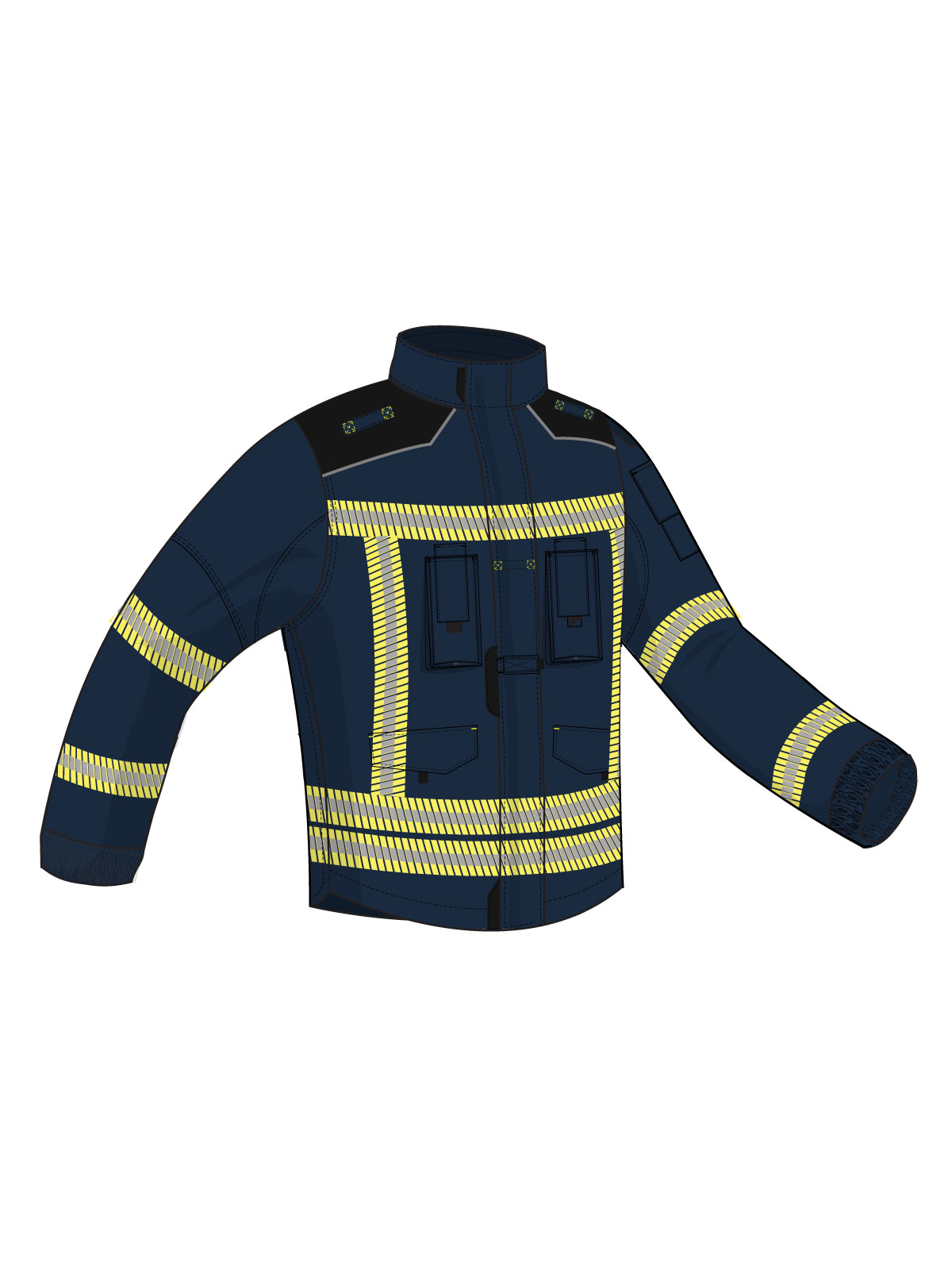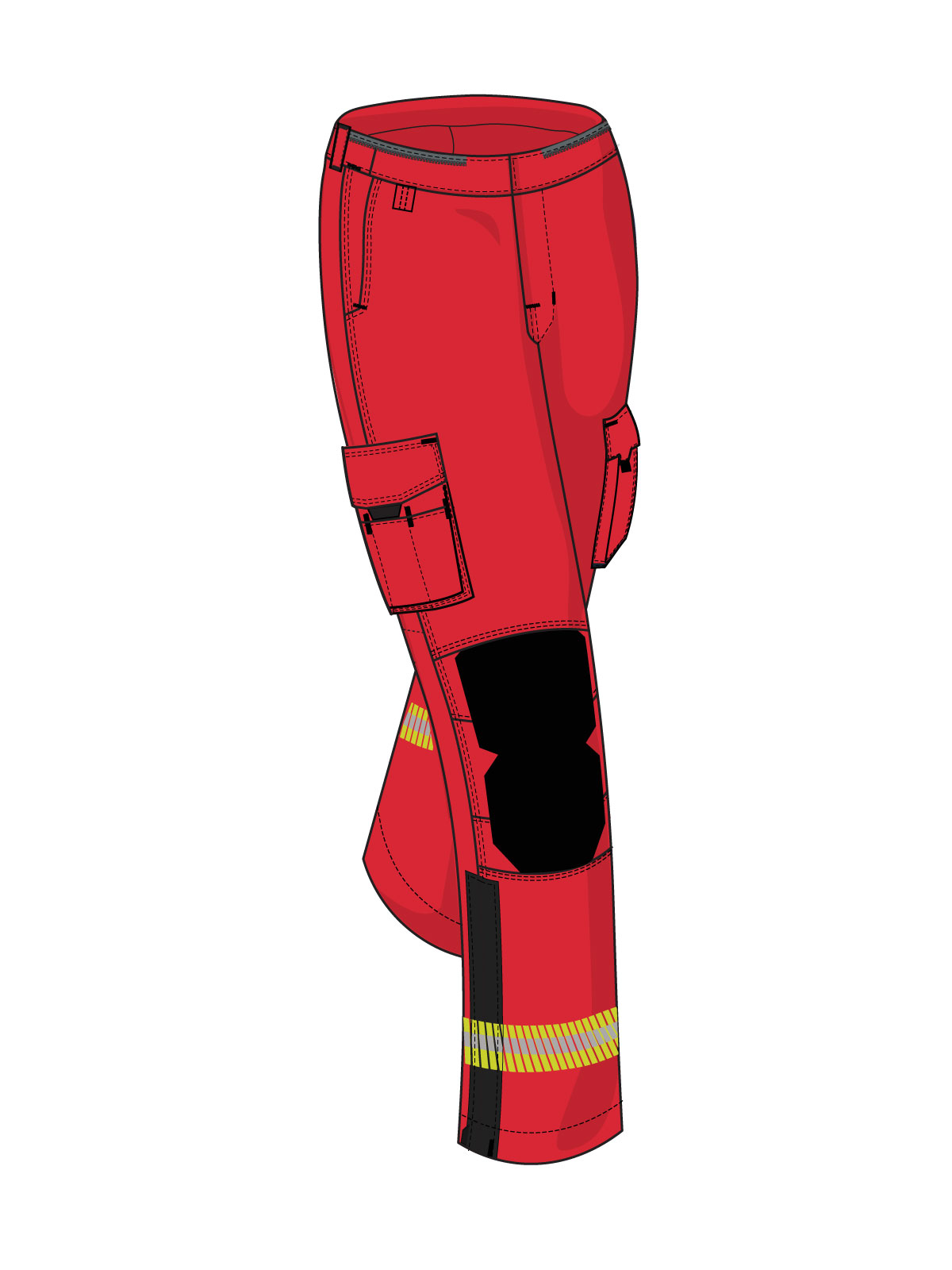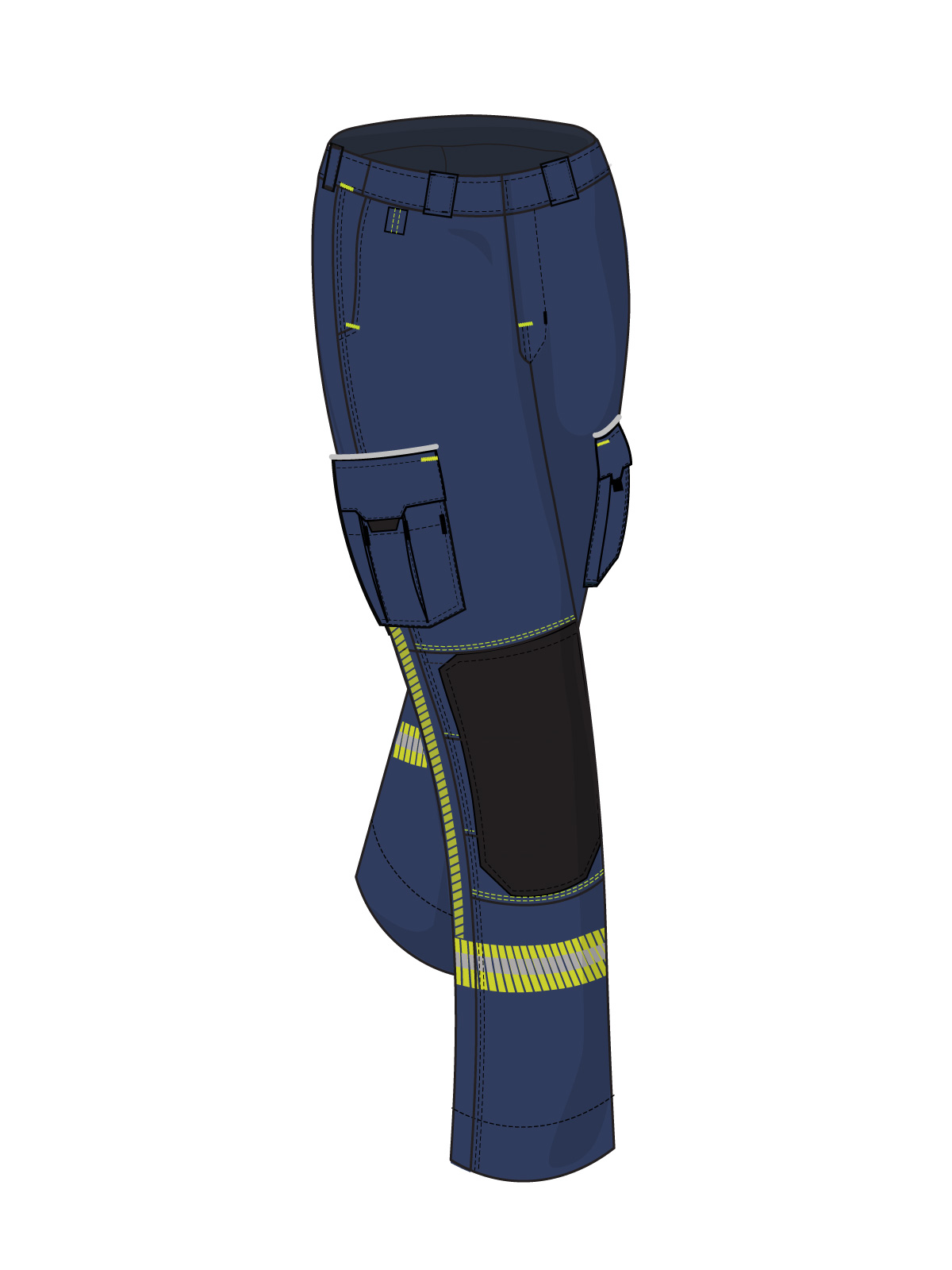Protective Clothing for Fire Fighters
This standard specifies minimum levels of performance requirements for protective clothing to be worn during firefighting operations and associated activities such as e.g., rescue work, assistance during disasters. The standard covers the general clothing design, the minimum performance levels of the materials used, and the methods of test to be used to determine these performance levels.
BS EN 469 makes the distinction between firefighting activities dividing them into two performance levels based on a risk assessment.
Level 1 is a lower specification and may be considered accurate for activities such as rescue work, disaster assistance, road traffic collisions and Wildland Fire Fighting but does not provide protection against the hazards of entrapment.
Level 2 provides higher thermal protection performance, expected in high-risk activities such as fighting fires in structures, e.g., buildings, factories, gas stations.
Under EN 469, there are several testings which are involved to ascertain the level of protection the fire suit provided, major testings cover:
»» Heat Transfer – Flame (X)
»» Heat Transfer – Radiation (Y)
»» Water Penetration Resistance (Z)
In the EN 469:2020 version, only X now determines the performance level, so if X is X1 then the whole garment is Level 1, and if it is X2 then it is Level 2. Historically, all numbers on the pictogram (X, Y, Z) had to be 2 for the garment to be Level 2. EN 469 does not cover protection for the head, hands, and feet or specific protection against other hazards e.g., chemical, biological, radiological, and electrical hazards.
